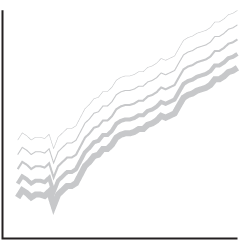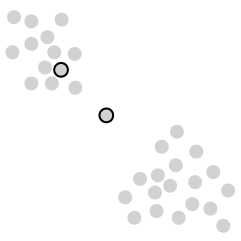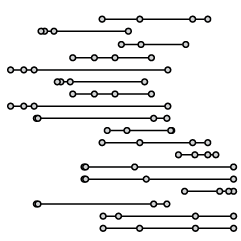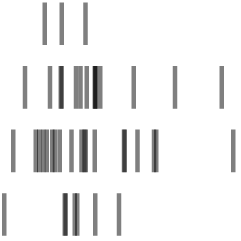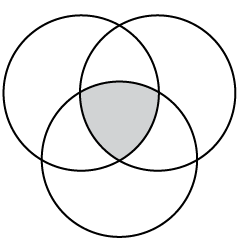What makes a visualization good? It allows people to see what they never would have seen otherwise? It’s pretty? The visualization is interactive? Simple? Probably all of the above, and yeah, it’s probably common sense, but… why is there so much bad viz out there?
Perhaps people don’t have the skills to create effective visualization. I, myself, don’t yet possess the necessary skills to create great viz, so that’s definitely a limiting factor. Whether it’s in Flash, Processing, or whatever, honed skills is essential.
In my eyes, the more serious problem, is that some don’t have the eye or logic for good viz. It’s great when the user can interact with the data, but if the user interface sucks, then the viz fails. Viz can easily get very complicated as we build, add more features, and eventually forget what our primary goal was in the first place.
When the user has a viz tool she can use, then it’s at this point, the viz should show the user something they never expected (or confirms a suspicion — although I like the idea of surprise). From here, the user can decide what she wants to do, but it’s my hope that anything I create will make people aware of their surroundings and motivate change in a positive direction.
I feel like I’m rambling…
So yeah, um, effective visualization — expertise, simplicity, mind-blowing factor.
















 Visualize This: The FlowingData Guide to Design, Visualization, and Statistics
Visualize This: The FlowingData Guide to Design, Visualization, and Statistics


